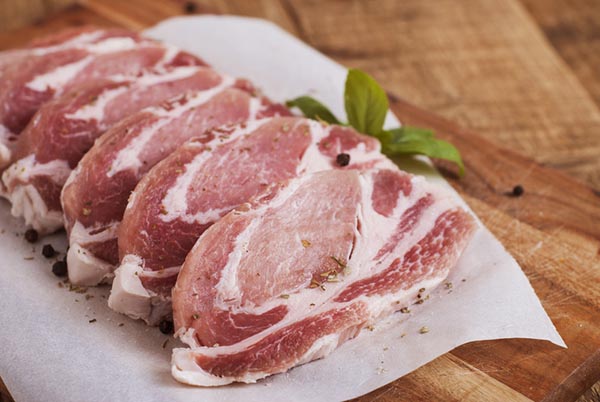Rabobank are predicted by decrease in growth of world pig-breeding in 2022

According to the last quarterly report of Rabobank, in 2022 growth of productions pork will decrease as the world market still affect crisis of Koronavirus and macroeconomic tendencies. Product cost this year grew, and the rise in prices does not stimulate demand, especially in the countries sensitive to the income.

It is expected that in 2022 consumption of pork will even more be reduced, and it will be followed by growth of productions. At the same time the markets in which reduction of prices of pork was observed, will face an offer surplus as a result productions this year and recession trades.
These are the main highlights:
China: Producers responded to rising costs and the continued threat of ASF outbreaks by reducing the herd, thus driving hog prices to new lows and forcing high-cost producers to exit. Demand remains weak, limited by pandemic dining restrictions. In response to this slowdown, China continues to limit imports in an effort to balance supply. Given ongoing demand weakness, Rabobank expects pork supplies to remain ample following herd reduction and previous restocking, but supplies could be short of needs should economic trends improve.
Europe: EU hog prices are 24% below the five-year average, on larger slaughter and weaker demand in both domestic and export markets. Producers in Germany and the Netherlands are liquidating the herd and are expected to reduce production in the coming months. Labor challenges are also an issue at some plants, though the impacts are not widespread.
US: Hog supplies will remain tight through early 2022 but will be higher compared with prior-year levels. Even so, rising costs and added regulatory constraints are expected to moderate expansion plans, as are packing constraints made worse by labor availability. Domestic demand is expected to slow as higher costs are passed through to consumers, with export growth acting as a welcome buffer.
Brazil: Producers remain optimistic, despite a 34% YOY increase in feed costs. Sales into export markets remain strong, helped by weakness in the Brazilian real and larger pork supplies. We expect a 5.5% YOY increase in pork production, with additional growth anticipated in 2022.
SOURCE: rabobank.com